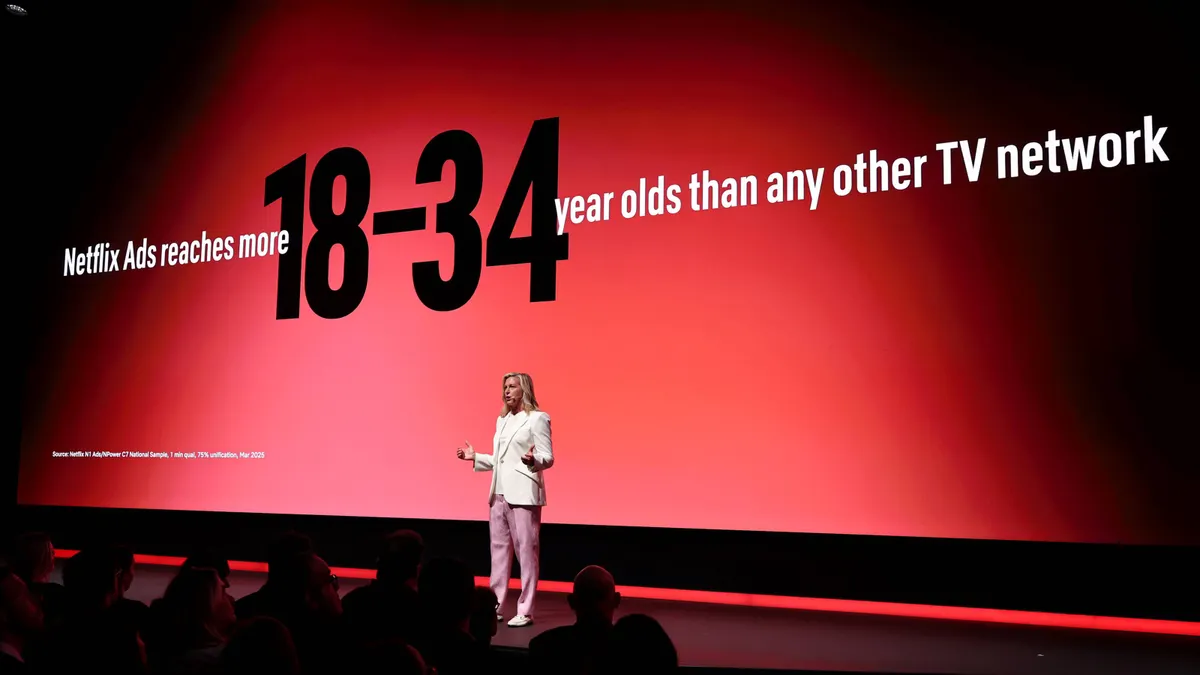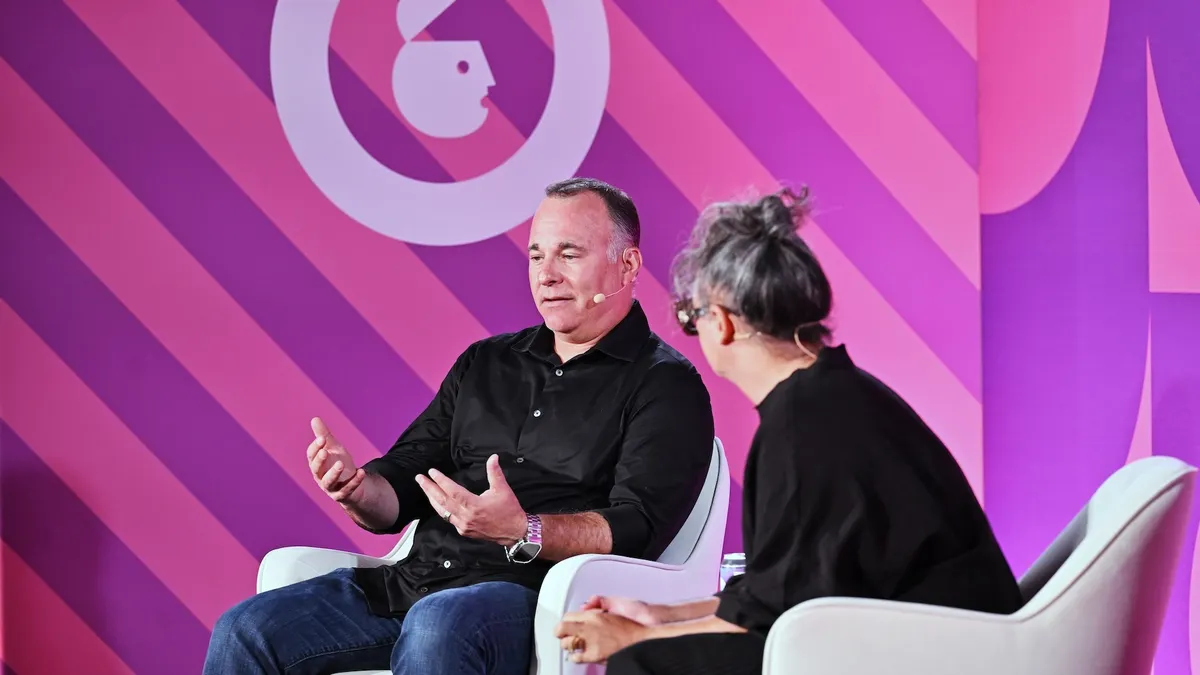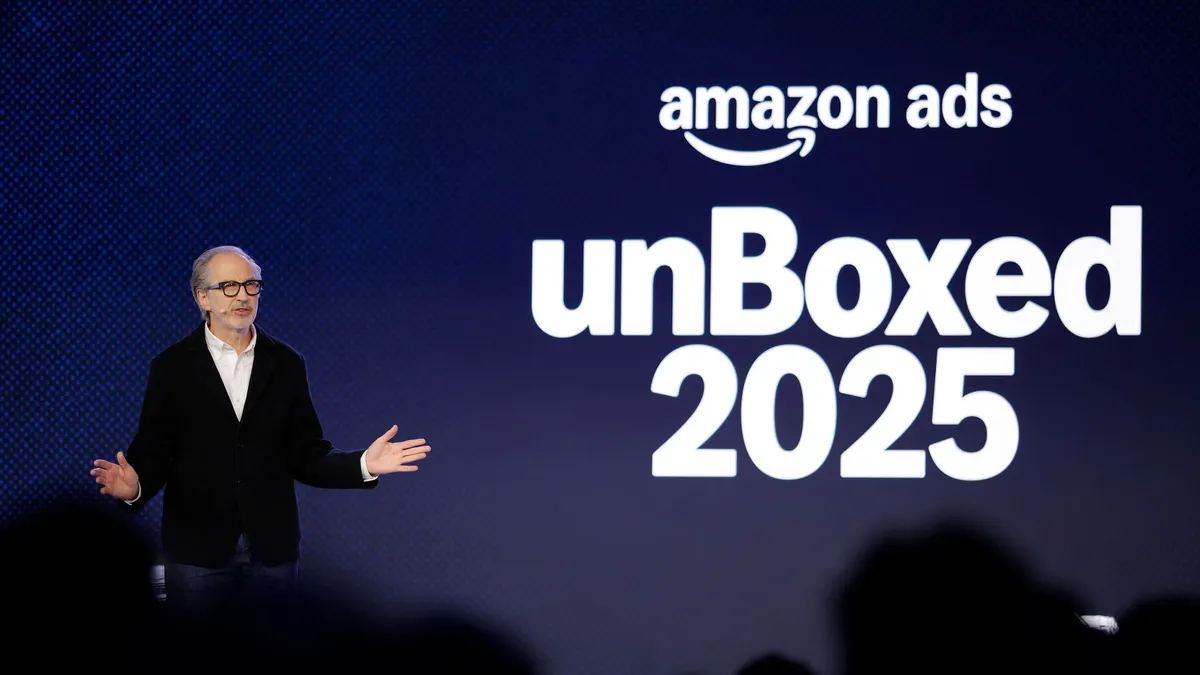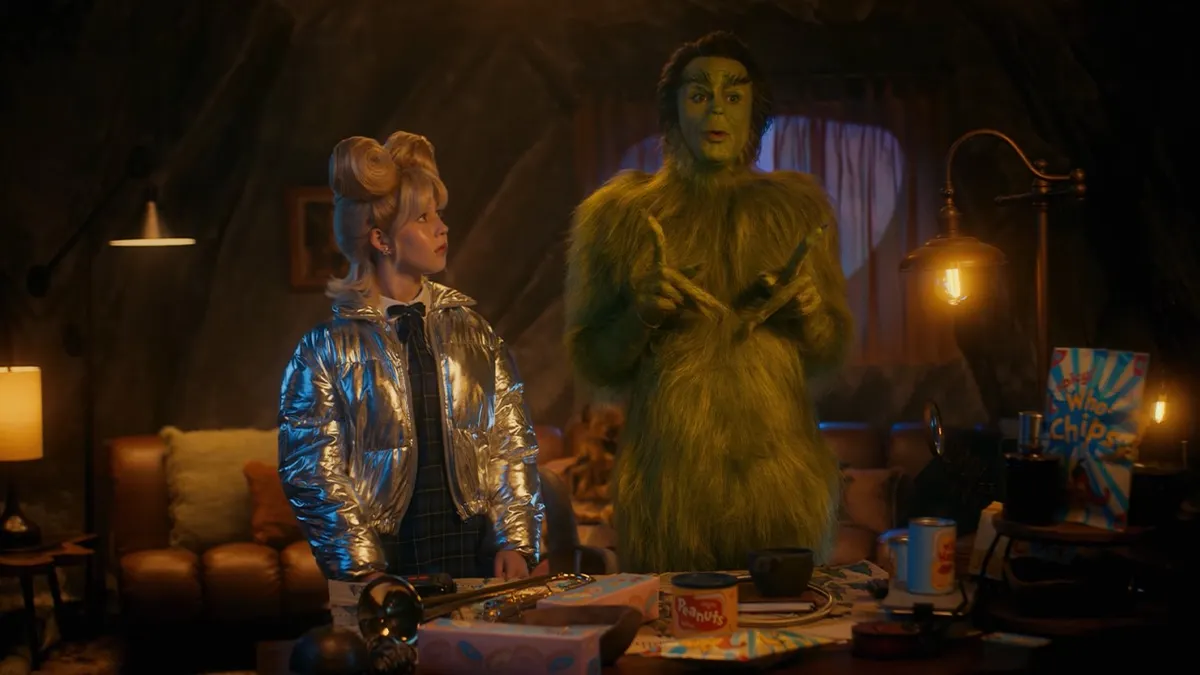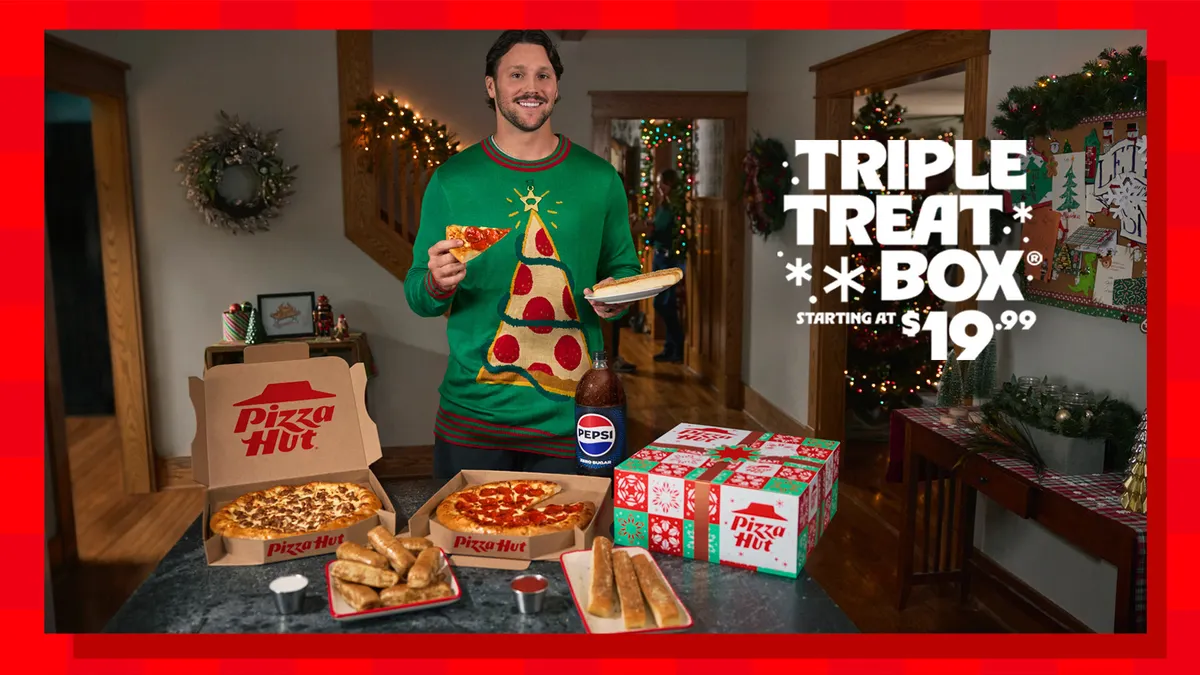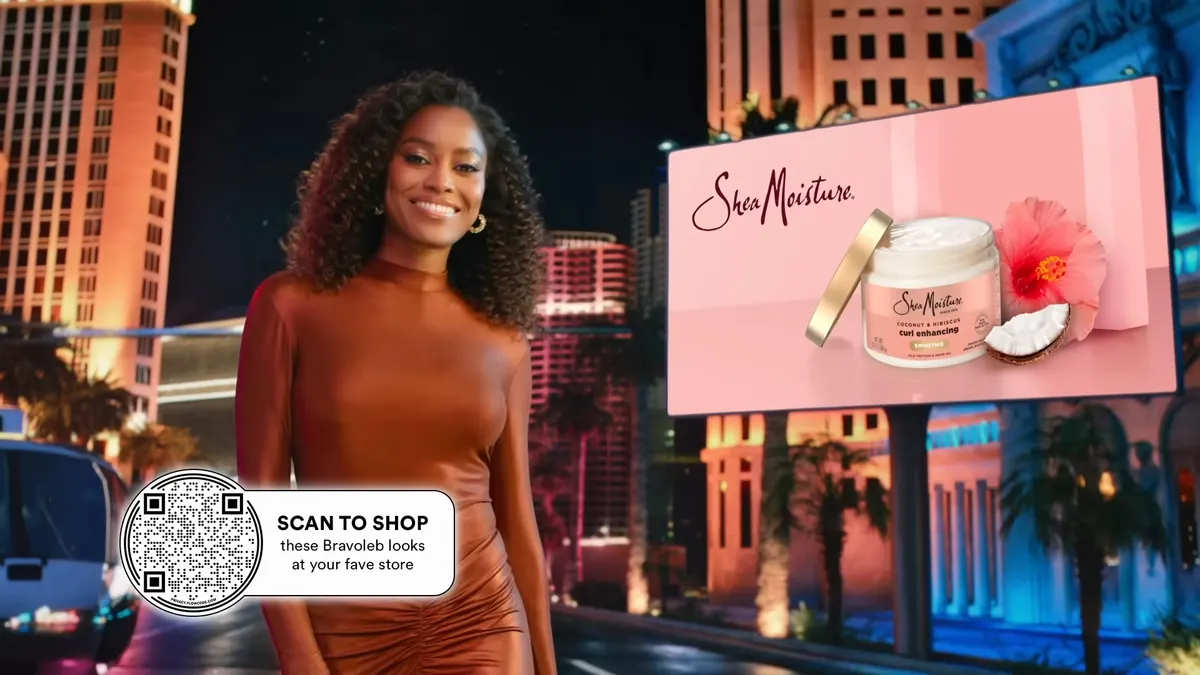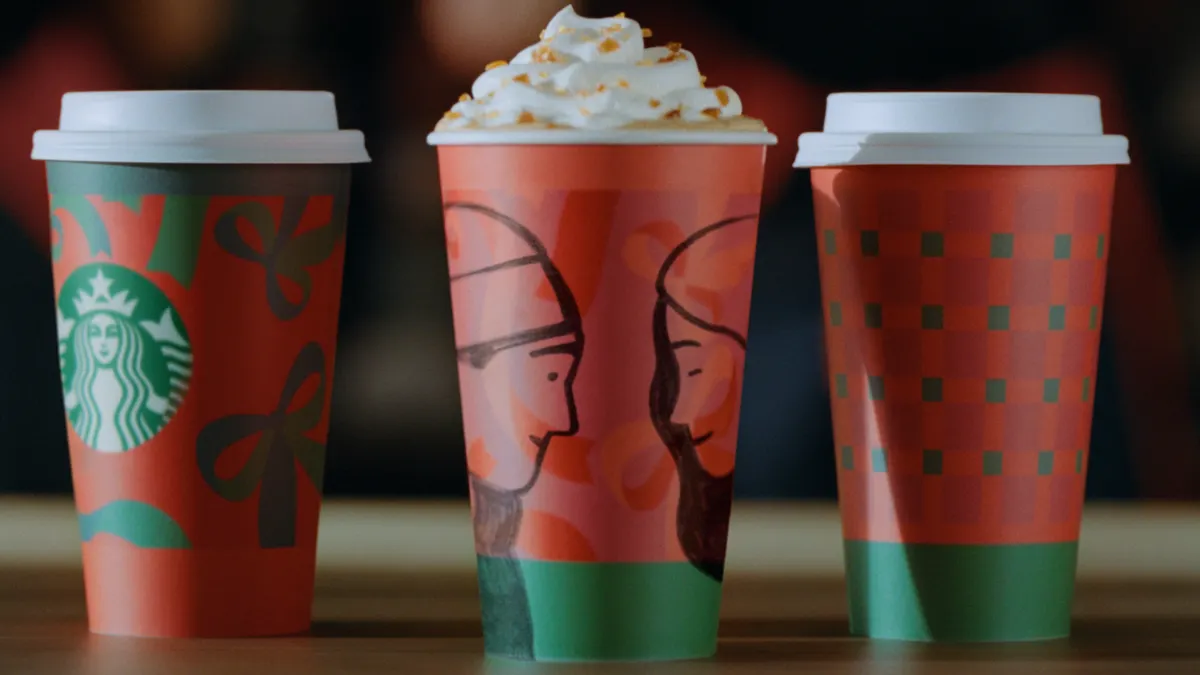NEW YORK — Netflix for years has referenced a “crawl, walk, run” roadmap for building out its advertising business, setting expectations that a full-fledged offering wouldn’t arise overnight. At its upfront pitch to brands and agencies Wednesday (May 14) — hosted a year after the streamer shifted to in-housing its ad tech — executives ditched the familiar analogy for a different one: Netflix is a race car pulling out of the pit lane and stepping on the gas.
“If you take anything away from today, I hope it’s this: The foundation of our ads business is in place, and going forward, the pace of progress is going to be even faster,” said Amy Reinhard, who was appointed Netflix’s president of advertising 18 months ago.
New perks coming to Netflix’s ad suite include third-party data pacts with Experian and Acxiom, Reinhard shared, broadening an extensive partner network. In addition, Netflix is developing its own clean room strategy to aid advertisers in areas like activation and measurement while preserving user privacy. Netflix is also working on more ways to conduct programmatic buying and expanding its first-party measurement tools, including through a brand lift capability solution.
During a prerecorded video featuring Lily Collins, in character as PR maven Emily Cooper, from “Emily in Paris,” the actor noted that Netflix advertisers can now target consumers based on 100 interests spanning more than 17 categories, including life stages.
“The ad suite also has lots of new ways to use data,” said Collins-as-Cooper. “For example, if you already know who your customers are, you can BYOD — bring your own data — either through partners or directly through Netflix.”
Netflix is also experimenting with more diverse ad formats, with a focus on personalization for viewers and a “modular framework” that allows for greater brand customization. Generative AI will be used to match ads to content the user is watching, swapping in different imagery, such as elements from “Squid Game,” into the background against which the commercial plays. Interactive mid-roll and pause ads that are in development will include overlays, calls to action and second-screen buttons, such as QR codes that can be scanned to make a purchase or learn more about a product, though they won’t be widely available for months.
“We’ll be able to test, iterate and innovate on dozens of formats by 2026,” said Reinhard. “It’s all about finding the perfect combination of beautiful creative and powerful technology to drive the best results for you.”
All about audience
Netflix’s crack into advertising, an idea it long resisted, has not always been a smooth ride, but the upfront presentation underscored how quickly the business has been able to scale. Its proprietary ad tech is live in the U.S. in Canada and will be available in all 12 countries with ad-supported plans by June, including the U.K., South Korea, Germany and France. On the audience front, more than 94 million global monthly active users currently subscribe to Netflix ad-supported plans, more than double compared to the year-ago period.
“In the U.S., you'll reach more 18- to 34-year-olds than any broadcast or cable network,” said Reinhard, playing to advertisers in the crowd interested in reaching Gen Z.
Netflix did not hone its pitch around Gen Z, however, instead highlighting a diverse array of shows and movies. Celebrity appearances at the upfront included Jude Law and Jason Bateman promoting a gritty new crime thriller; a trio of young stars from “Stranger Things;” the full cast of breakout romcom “Nobody Wants This”; the leads of the new Tyler Perry movie, “Straw”; and finally NFL commissioner Roger Goodell and Dallas Cowboys owner Jerry Jones (followed by a close-out performance from the football team’s cheerleading squad).
“We never take a one-size-fits-all approach to marketing or entertainment because every title and every audience requires something totally different,” said Netflix CMO Marian Lee.
Typical to the upfronts, the roadshow also looked back at what’s already delivering results. Netflix outlined an effort for Domino’s Pizza last year tailored to “Squid Game,” with ads dropping characters from the dystopian thriller into the chain’s existing “Emergency Pizza” campaign. Brand awareness, favorability and purchase intent all “meaningfully increased” among viewers of the custom ads, according to Lee.
“When you bring us a business challenge, we will help you find a creative, attention-grabbing way to solve it,” said Lee.



